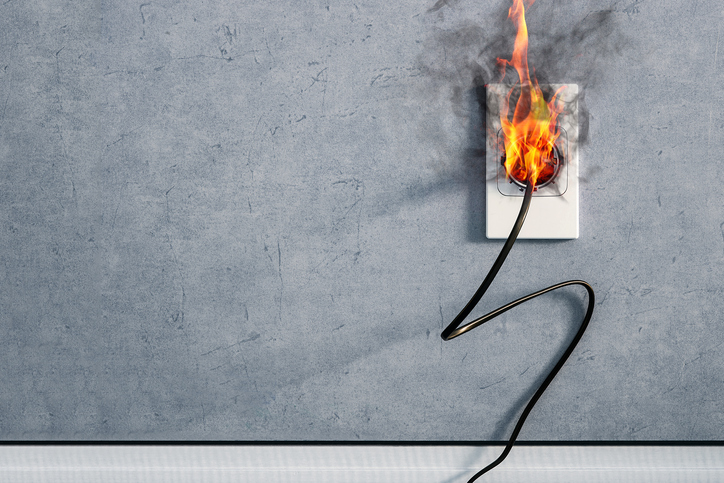Workmanship Best Practices to Remember After Electrician Training
December 06, 2022
Once you grasp the basics of electrical theory in training, it’ll be time to put your knowledge to work during your electrical apprenticeship. This will be an important part of your career development, providing you with the perfect opportunity to refine your practical skills, make professional connections, and earn a living all at once. Your apprenticeship is one big learning experience, and establishing good workmanship habits is one of the most important lessons you’ll learn.
As an electrician, good workmanship reflects positively on you and the company you are with. Excellent workmanship ensures public safety and simplifies future repairs. Referring to checklists, being conscious of wire sizing, and doing your best to complete your work in an orderly fashion will go a long way. Let’s dive deeper into some of the strategies you can use during your apprenticeship and your career!
1. Refer to a Checklist After Electrician Training
When you start out on the job, you’ll find there are many steps to the electrical wiring process, some of which can be a challenge to remember. In that case, it’s important to ensure that you’ve taken all the necessary steps to maximize the safety of your work–for your own sake and that of the public.
When you’re fresh out of electrician training, it’s an excellent idea to refer to a checklist when you start completing tasks independently. This will help you remember all of the essential steps to installing or wiring electrical systems. This checklist could be provided by your workplace or your training institution, or you can even use course material to create your own checklist, which one of your higher management can approve.

2. Always Be Conscious of Wire Sizing
Proper wire sizing is crucial to quality workmanship as it determines the safety, reliability, and consistency of an electrical system. For example, overloaded cables are one of the most common causes of electrical malfunction. This occurs when too much electrical current passes through–causing wires to overheat, melt, and pose a fire hazard. On the other hand, cables that are too big are a waste of money for clients and your company.
After electrician college, do your best to ensure that you’re accurately determining the electrical load for the systems you’re working on in order to choose your cable size correctly. Don’t hesitate to ask for second opinions until you trust your own judgment; safety should be your chief concern with cable size.

3. Keep Your Work Neat and Tidy
When you install and repair electrical systems, focus on keeping the finished work clean and tidy. Not only does it look better and leave a positive impression on you and your company, but on a practical level, it makes future repairs much easier, since there are fewer tangles, twisting, knots, and general confusion. The best way to ensure that your work remains neat and tidy is to take all the time you need to complete your work correctly and in an orderly manner.
Approaching your work while you maintain a clear mind will also be helpful.
The Construction and Maintenance Electrician Pre-Apprenticeship Diploma Program is an excellent place to start your electrical career. At NATS, you’ll gain the skills you need to apply quality workmanship to residential wiring, service installation, code interpretation, conduit bending, print reading, and electrical theory.
Ready to earn your electrician diploma?
Contact NATS to learn more!



